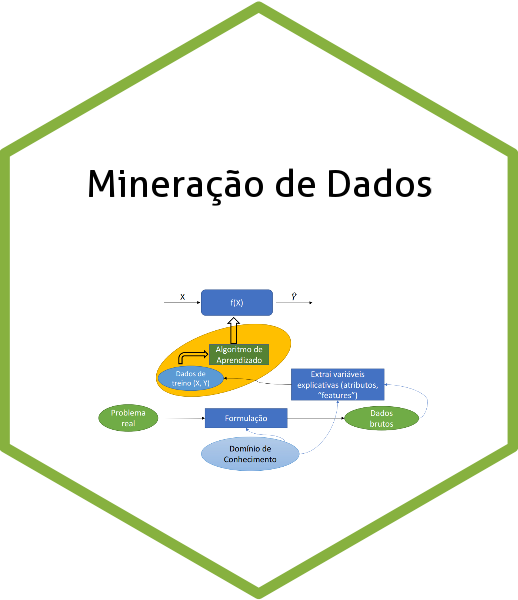#> Rows: 20
#> Columns: 8
#> $ Pt <dbl> 1, 2, 3, 4, 5, 6, 7, 8, 9, 10, 11, 12, 13, 14, 15, 16, 17, 18, …
#> $ BP <dbl> 105, 115, 116, 117, 112, 121, 121, 110, 110, 114, 114, 115, 114…
#> $ Age <dbl> 47, 49, 49, 50, 51, 48, 49, 47, 49, 48, 47, 49, 50, 45, 52, 46,…
#> $ Weight <dbl> 85.4, 94.2, 95.3, 94.7, 89.4, 99.5, 99.8, 90.9, 89.2, 92.7, 94.…
#> $ BSA <dbl> 1.75, 2.10, 1.98, 2.01, 1.89, 2.25, 2.25, 1.90, 1.83, 2.07, 2.0…
#> $ Dur <dbl> 5.1, 3.8, 8.2, 5.8, 7.0, 9.3, 2.5, 6.2, 7.1, 5.6, 5.3, 5.6, 10.…
#> $ Pulse <dbl> 63, 70, 72, 73, 72, 71, 69, 66, 69, 64, 74, 71, 68, 67, 76, 69,…
#> $ Stress <dbl> 33, 14, 10, 99, 95, 10, 42, 8, 62, 35, 90, 21, 47, 80, 98, 95, …




